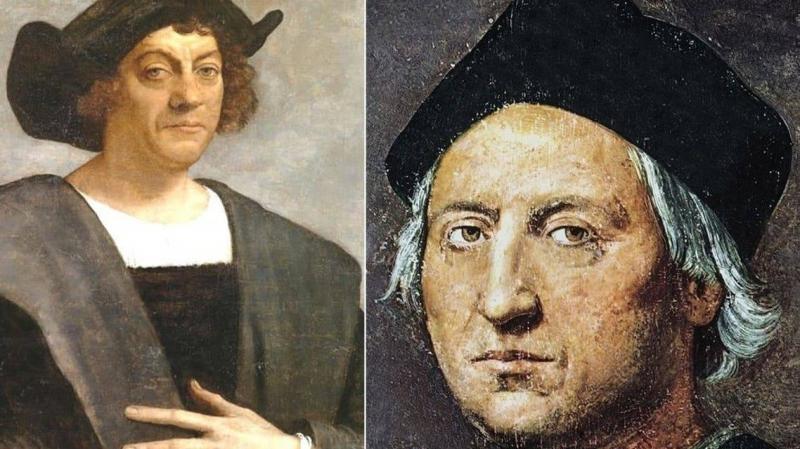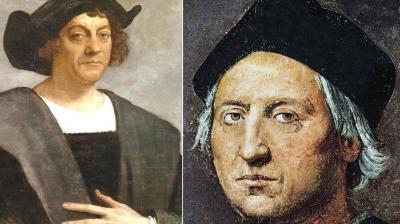In Spain, there has been a long-standing scientific debate. Last Wednesday, a video press conference was held regarding the nationality of the man who discovered the American continent on October 12, 1492, and changed the world with his adventure. This coincides with the 515th anniversary of Christopher Columbus's death on May 20, 1506, in a city named after the Umayyad caliph Al-Walid ibn Abd al-Malik, which is Valladolid, the capital of the province of Castilla y León in northern Spain.
The content of the conference, which was briefly summarized by the agencies, revolved around three questions: Was Columbus Italian, born on October 31, 1451, as Cristóforo Colombo in the city of Genoa, as is commonly believed? Or was he Portuguese, named Cristovao Colom according to some historians? Or might he have been born as Cristóbal Colón from a noble family in Spain?
Researchers this time hope to conclusively resolve the dispute regarding the origins of the famous navigator. Various hypotheses have claimed he descended from Portugal or Spain, and not from Italy. This was summarized by "Al Arabiya Net," highlighting a study conducted by a team from the University of Granada, led by Professor José Antonio Lorente, a specialist in anatomical medicine, who stated he does not doubt Columbus’s Italian origin but can present objective data that might put an end to the series of existing theories.
Where was Columbus buried?
The university hosted a meeting for proponents of various hypotheses about Columbus's birthplace, including that he originated from the Espinosa de Henares area in central Spain, according to historian Alfonso Sanz, who expressed optimism at the conference about arriving at a unified conclusion in their joint pursuit: proving "that he was a nobleman from Spain and not a sailor from Genoa."
Other specialists in the navigator's history believe he was also born in the coastal city of Valencia in Spain, or perhaps in Galicia in the far northwest, or even on the Spanish island of Mallorca in the Mediterranean. Some lean towards the idea that he came from the Alentejo tourist area in southern central Portugal, while others believe no one will be able to determine his true nationality.
All these speculations, among others, will be settled by final results set to be published next October from tests currently being conducted in two laboratories in Italy, a third in the United States, and a fourth in Mexico. These tests involve the DNA of four samples of Columbus's bones, whose remains were confirmed in previous research by the same university in 2006 to be buried in a famous cathedral in Seville, Andalusia, despite it being over 587 kilometers away from where he died at the age of 54. The DNA testing also includes seven samples of bones and a tooth from his son Fernando, along with samples from his brother Diego’s remains.




